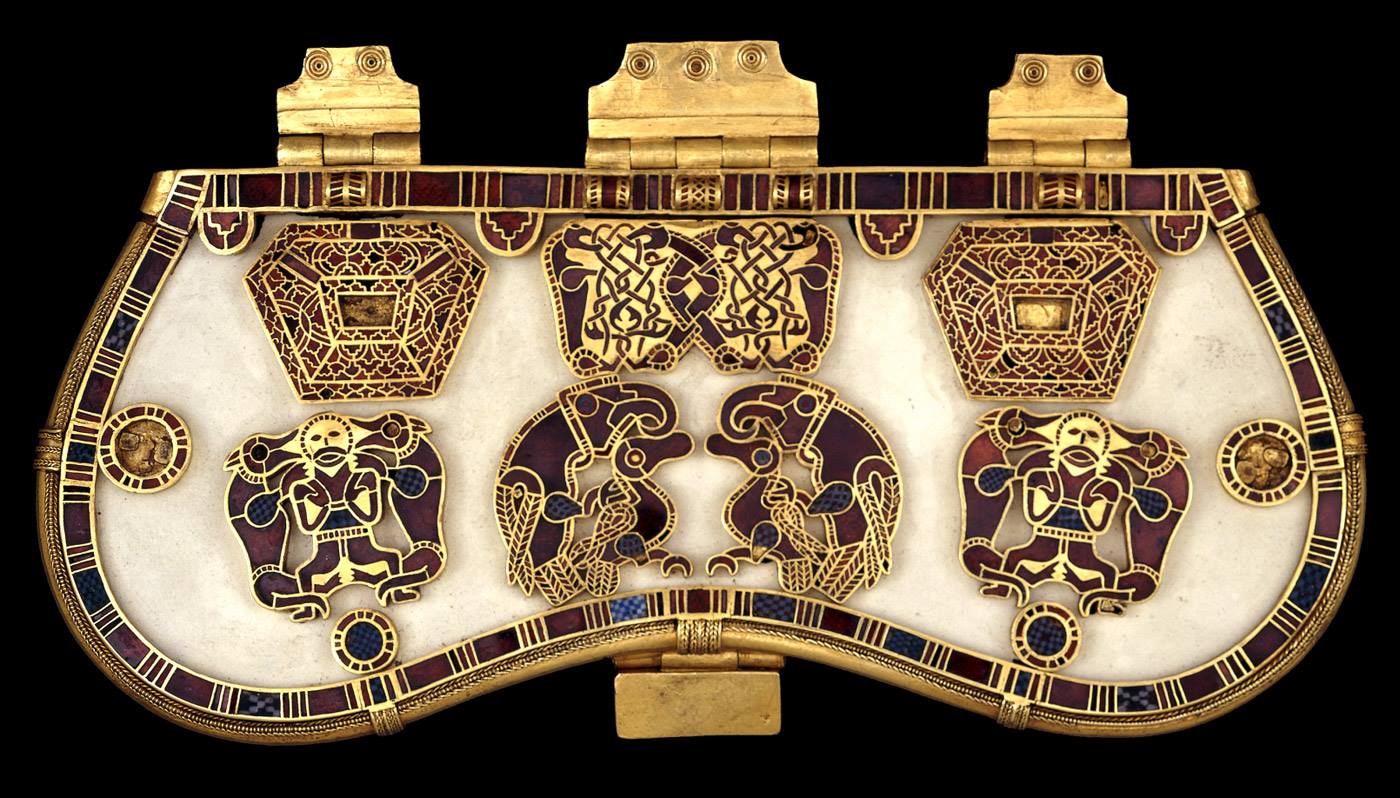This flint axe was found in 1912 in West Tofts, a now-abandoned village in the UK between Cambridge and Norwich, It was made by a Homo heidelbergensis or possibly a Neanderthal, somewhere between 300,000 and 500,000 years ago.
This kind of tool is fairly common throughout western Europe and Africa, but this specimen is unique for having a Cretaceous-era fossil of a spiny oyster in the centre that suggests the axe’s maker wanted the shell on it as an adornment.
It’s kept in the Museum of Archaeology and Anthropology at the University of Cambridge, and you can see more details on their web site.


I disagree, humans have always been creative, curious, passionate, intelligent, and all of the ideals that make humanity great. Function with artistic form has been integral to all human creations. It’s the same reason we etch art into PCBs, because we love our creations and want it to be special to us
I think you’re both saying the same thing - “art” is not that which has magazines for it and museums built around it and so on, but rather the experience of it.
We very well could be. The person that made this clearly didn’t make it to any expectations to what art is “supposed” to be
If they did that’d be fascinating to know!
Acheuluean knappers: we’re gonna launder so much money